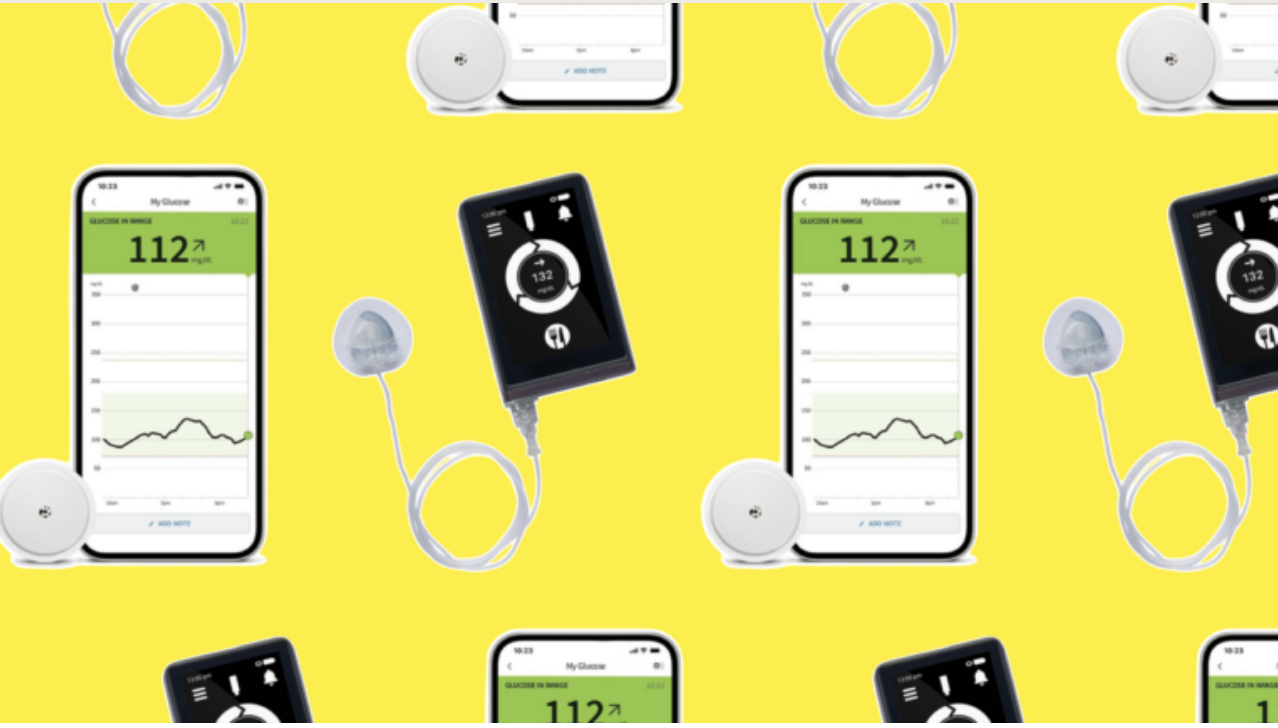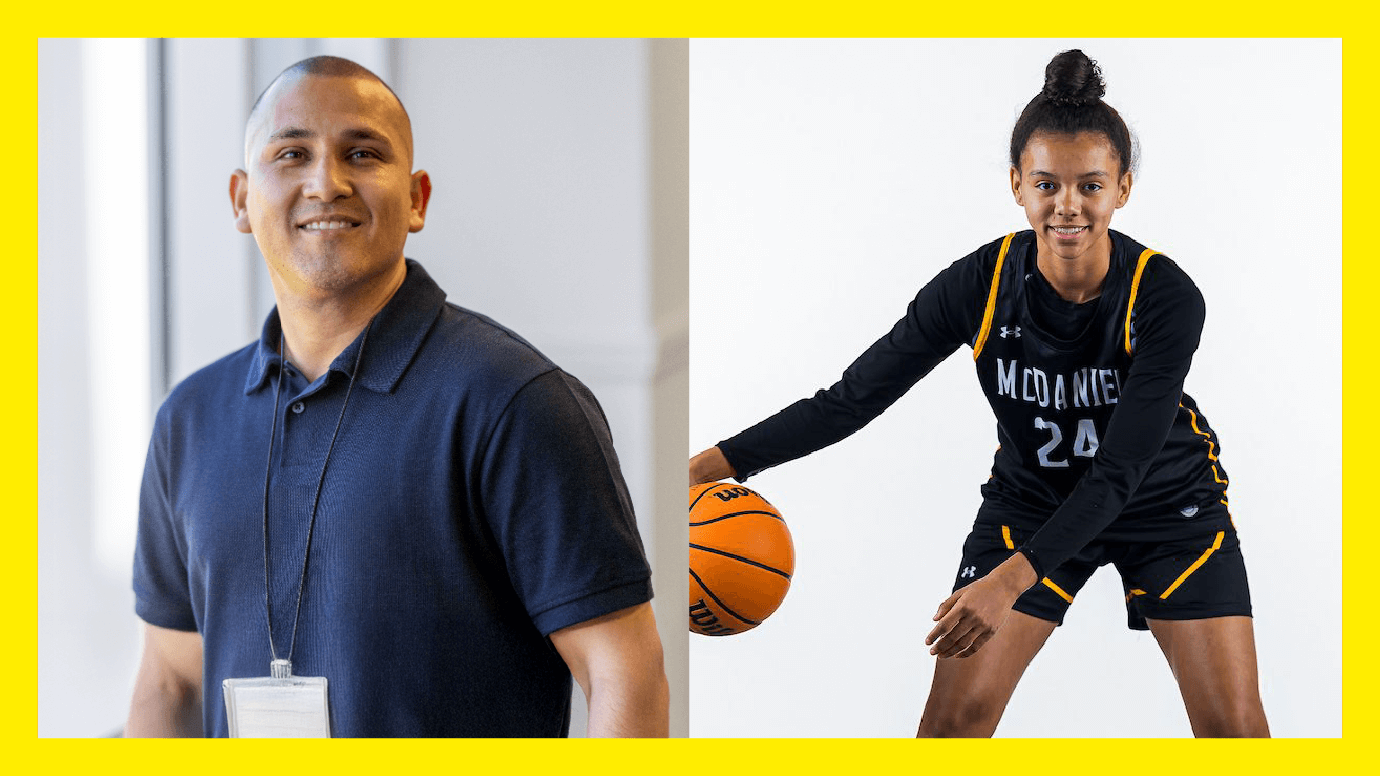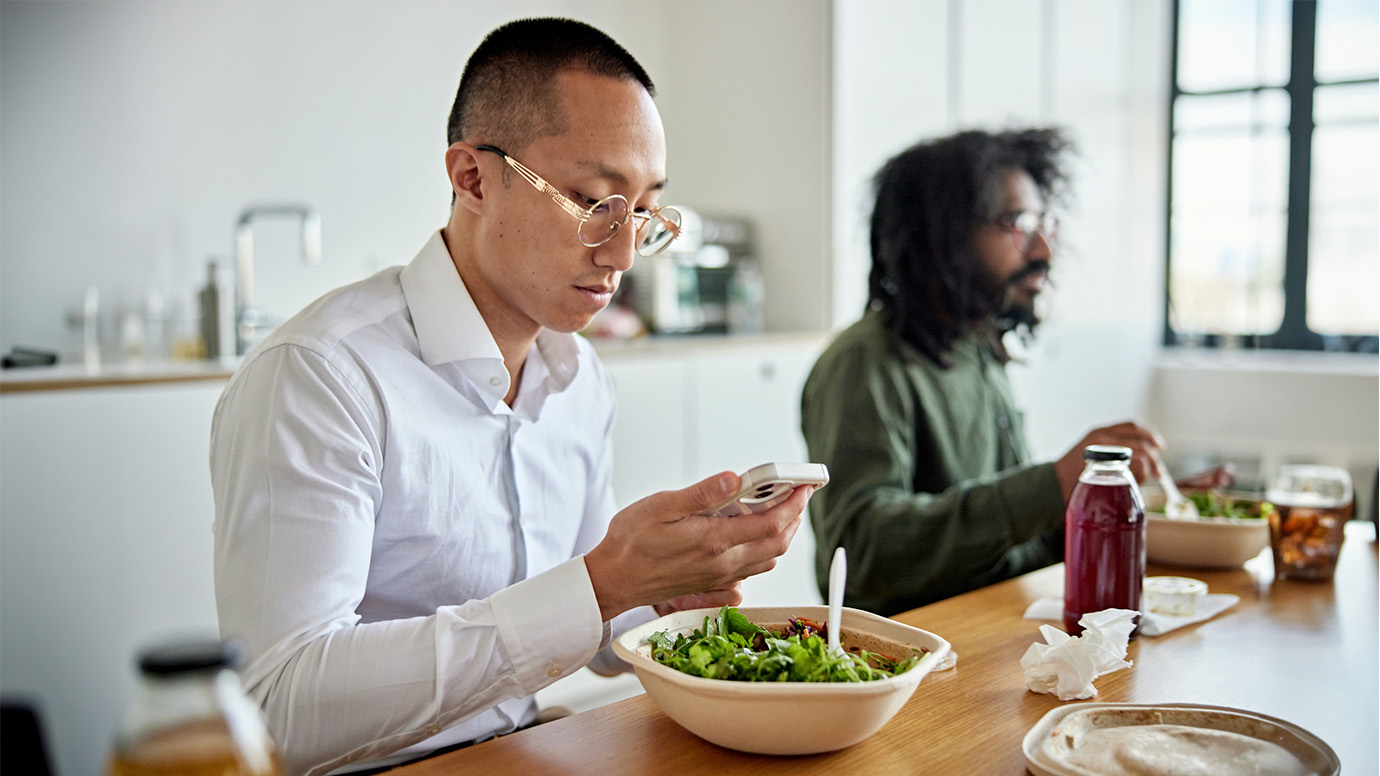Community Table: Creating + Setting Goals with Diabetes
Written by: Beyond Type 1 Editorial Team
5 minute read
April 26, 2022
Community Table is presented by the JDRF-Beyond Type 1 Alliance and made possible with support from Abbott Diabetes Care, Dexcom, Lilly, MannKind, Medtronic, Omnipod, Roche Diabetes Care, Tandem and Vertex, active partners of Beyond Type 1 at the time of publication.
During our first Community Table discussion in 2022, Beyond Type 1 sat down with a group of experts and community members to discuss planning and creating goals in diabetes management with type 1 and type 2 diabetes, and share helpful resources and personal perspectives. Watch the discussion in full!
Speakers included:
- Ginger Viera, who served as the moderator for this event and has had type 1 for 23 years, is a senior content manager at Beyond Type 1. Ginger also lives with celiac disease and fibromyalgia.
- Quisha Umemba is the co-founder and director of the board for Diversity in Diabetes. Quisha is also a registered nurse and certified diabetes care and education specialist; she has personally dealt with gestational diabetes and pre-diabetes, and her father has type 2.
- Mark Heyman, who has had type 1 for 22 years, is a diabetes psychologist and certified diabetes care education specialist. He also runs the Center for Diabetes & Mental Health in San Diego, CA.
- Liz Cambron, who has had type 2 since 2014, is a molecular biologist and studied insulin signaling in insects.
The partial transcript below has been edited for clarity and length.
How do you approach goal setting? Why is it important when it comes to diabetes?
Quisha: My philosophy is not related just to diabetes, because setting goals sets you up for success in every aspect of your life. For me, I’ve always been told if you fail to plan, you plan to fail. Setting those goals and roadmaps helps make sure you stay on target for whatever it is that you’re trying to achieve.
Mark: Diabetes, for so many people, can feel like a big black hole and you have no idea where you’re going. Setting goals can help you take a bigger picture and help you see what direction you want to go in.
When I think about goals with diabetes, it’s not only about your A1C. I want you to think about expanding the way you think about goals a little bit further and ask, “How can I improve my quality of life? How can I be more free and flexible in my life with type 1 diabetes or type 2 diabetes? How can I move in the direction that I want to go in?” From there, you can create goals to provide a guidepost to get you there.
Liz: Do what works for you. Diabetes is a very personal illness that is different for everybody, and it’s hard to sometimes focus on one thing. Having goals that are specific to you really makes a difference on navigating the day by day, focusing in on one thing a day.
Where do you start when you’re feeling burned out?
Mark: The first thing is start small. Setting goals for people who are feeling burnt out can be really helpful because whether they’re small goals or medium goals, it helps stay on track. It helps you feel like you’re moving forward.
Part of the process of feeling burn out is feeling like you’re not moving forward and no matter what you’re doing, you’re not getting anywhere. By setting goals, you can show yourself that you can do it, and that gives you a sense of pride and self-efficacy.
Quisha: When I’ve worked with clients experiencing diabetes burnout, depending on the client, you can’t always set a goal at that time. You have to get to the root cause of the issue of what’s going on in their life at that time and help them address and overcome that. Once they’ve overcame or you’ve addressed that issue, you can start goal setting and action planning with them.
Another thing is celebrating small wins. Celebrating the little things that they accomplish helps motivate people to continue toward their goals.
If you were diagnosed before adulthood, how did you transfer your diabetes management from your parents to yourself?
Mark: There’s no specific answer because it really varies by the child. The goal is to allow children to become more independent in their lives, whether they have diabetes or not. For instance, they start going over to friends’ houses, they ride their bike down the street by themselves without supervision. And the same thing is true for kids in their diabetes management, so as long as they’re safe. For parents, there’s a big challenge there, too. As a parent, thinking about this in terms of goals is knowing the facts about your child, knowing how responsible they are and how aware they are, allowing yourself to let go a little bit, especially knowing that they’re going to be safe.
Quisha: I know we’re talking about pediatrics, but I think these are good points for the newly diagnosed, too. One thing I always tell my patients is, “You can fail. It’s okay to fail. There’s good, and there’s better. There’s no bad. There’s no worse. You have to learn to show yourself grace.”
Another thing that I’ve found is a lot of times when people are newly diagnosed is they want to cram in all this information over the weekend and then get an A on the test. But that’s not how the diagnosis works. It’s important to say, “This is a marathon, it’s not a sprint. You’ll continue to change and grow over time, and so will this condition.”
Liz: Whether you’re newly diagnosed or transferring diabetes management, you have to know you’re going to have to try new things to figure out whether they work for you. That applies to food, lifestyles and medications. You’re going to have to show yourself a lot of grace and a lot of patience when you’re trying to figure it out, but it’s going to pay off.

Author
Beyond Type 1 Editorial Team
This piece was authored collaboratively by the Beyond Type 1 Editorial Team.
Related Resources

The Advanced Technologies & Treatments for Diabetes (ATTD) Conference in Amsterdam was buzzing with breakthroughs...
Read more

When 13-year-old Shelomi Sanders had a stomach ache, she never imagined it signaled a life-changing...
Read more

If you have type 1 diabetes, a new study shows that the iLet Bionic Pancreas...
Read more

